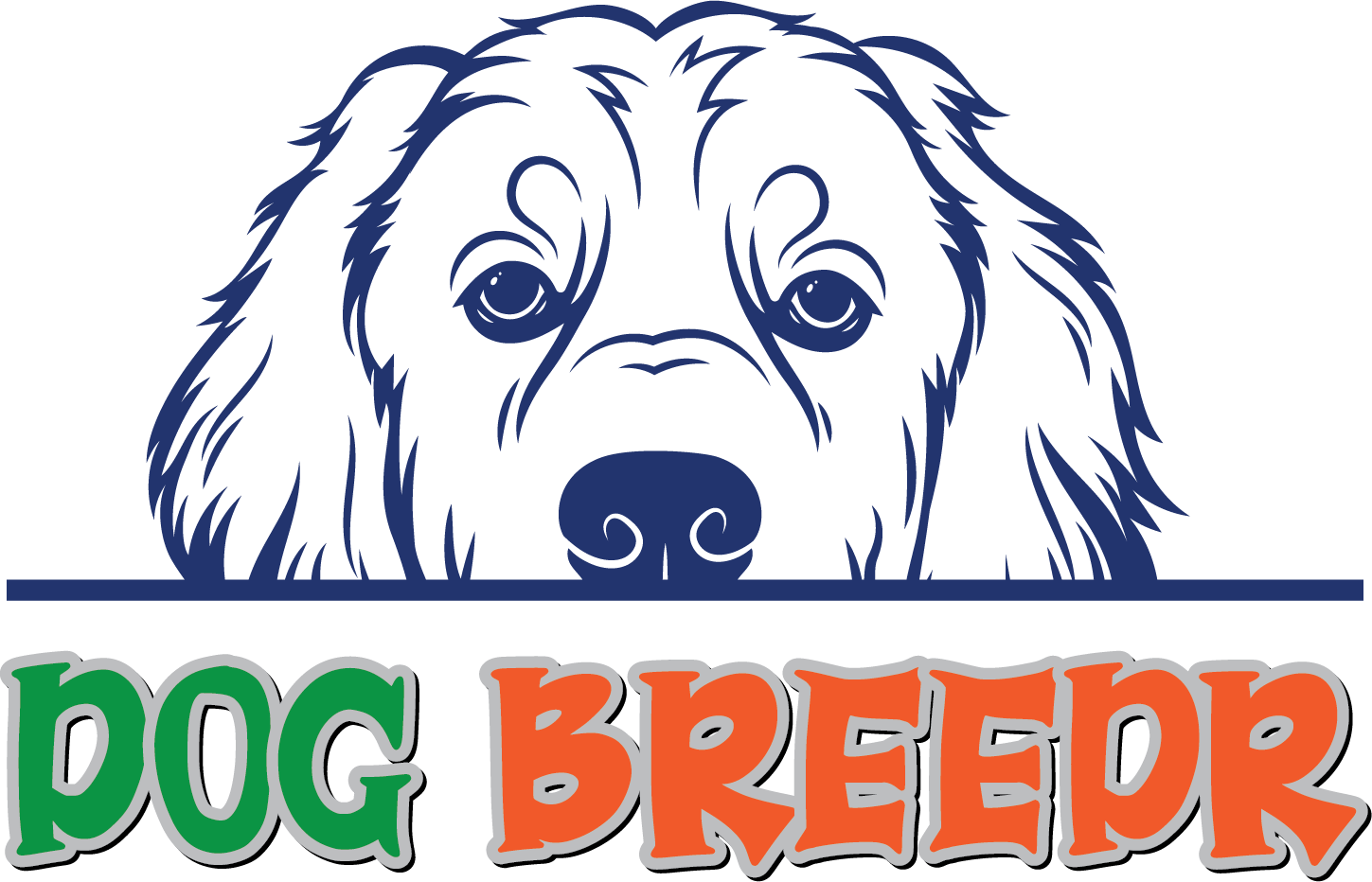If your dog is experiencing eating issues, it’s crucial to first consult with your veterinarian to determine the underlying cause. Eating issues can stem from various factors, such as dental problems, illness, allergies, or behavioral issues. Once you have a better understanding of the cause, you can tailor a menu to address your dog’s specific needs.
Here’s a sample menu for dogs with eating issues, along with explanations for each item:
- Soft, home-cooked meals: If your dog has dental problems or difficulty chewing, consider offering soft, home-cooked meals. You can prepare a mixture of lean protein (like chicken, turkey, or fish), easily digestible carbohydrates (like rice or sweet potatoes), and well-cooked vegetables (like green beans or carrots). Make sure to remove any bones and cook the ingredients thoroughly to ensure they are easy to chew and digest.
- Wet or canned food: Wet or canned dog food has a softer texture, making it more palatable for dogs with eating issues. Choose a high-quality wet food formulated for your dog’s age, size, and activity level. Be sure to transition your dog to the new food gradually to avoid digestive upset.
- Limited ingredient diets: If your dog has food allergies or sensitivities, consider a limited ingredient diet, which contains fewer components and potential allergens. Look for a high-quality, single-protein source (like salmon or lamb), combined with a single carbohydrate source (like potatoes or peas). Limited ingredient diets can help identify triggers and reduce the risk of an allergic reaction.
- Small, frequent meals: For dogs experiencing digestive issues or a lack of appetite, try offering smaller, more frequent meals throughout the day. This can help reduce the strain on the digestive system and encourage your dog to eat more consistently.
- Warm food: Gently warming your dog’s food can make it more appetizing by enhancing its aroma. This can be particularly helpful for dogs with a decreased appetite or sense of smell. Be sure to mix the food well and test the temperature before serving to avoid hot spots.
- Low-fat diets: If your dog has a history of pancreatitis or other fat-sensitive conditions, consider a low-fat diet. Look for dog food with reduced fat content and high-quality protein sources to support your dog’s nutritional needs.
- Bland diets: For dogs with an upset stomach or gastrointestinal issues, a temporary bland diet can help soothe their digestive system. A typical bland diet consists of boiled white rice and a lean protein source, like skinless, boneless chicken. Gradually reintroduce your dog’s regular food once their symptoms improve.
- Food toppers and appetite stimulants: If your dog is reluctant to eat due to illness or behavioral issues, consider adding food toppers or using appetite stimulants. Food toppers can be wet food, low-sodium broth, or even a small amount of cooked lean meat. Consult your veterinarian for recommendations on appetite stimulants if your dog’s lack of appetite persists.
Always consult with your veterinarian before making any significant changes to your dog’s diet. They can provide guidance on the best course of action based on your dog’s specific eating issues and overall health.


Leave feedback about this